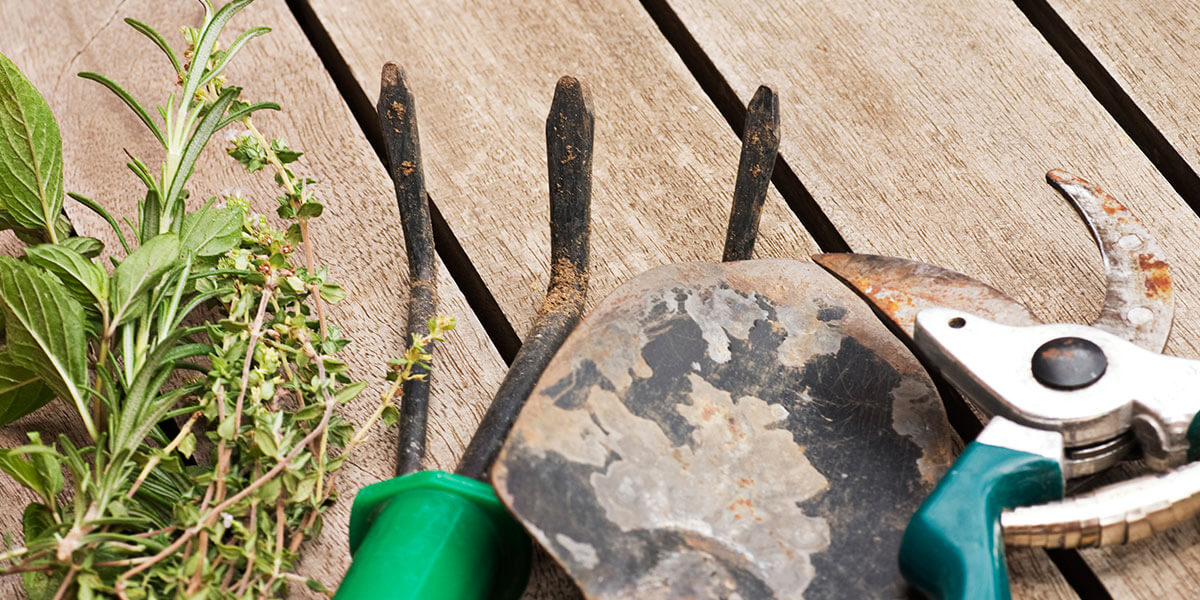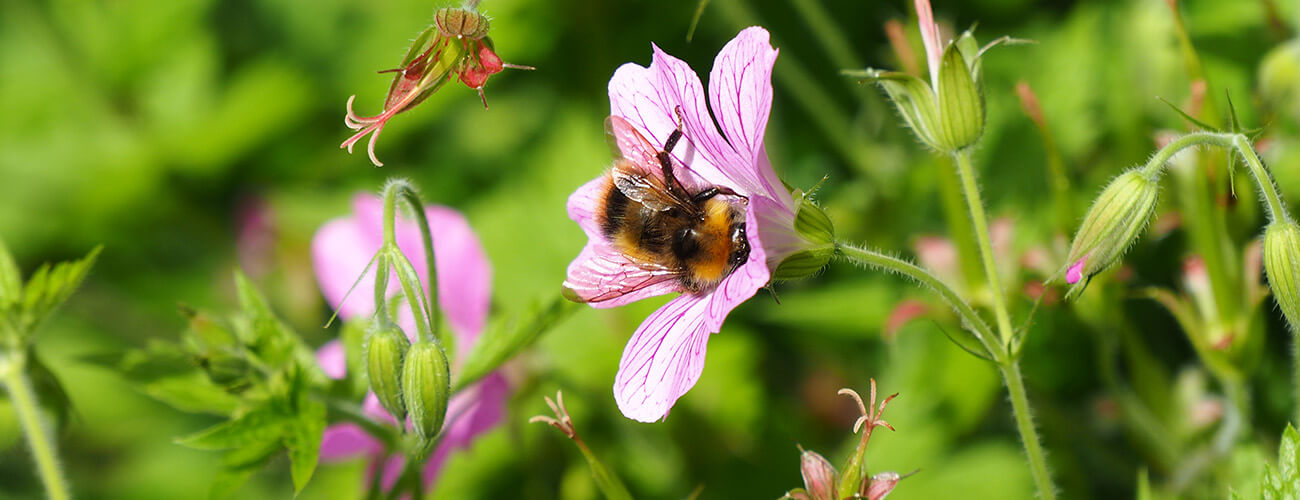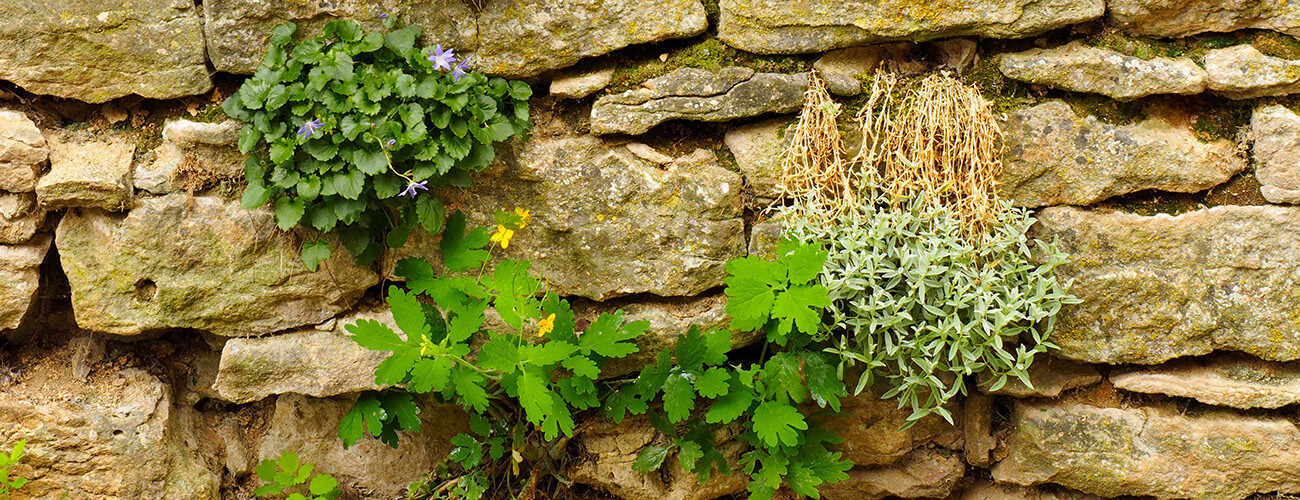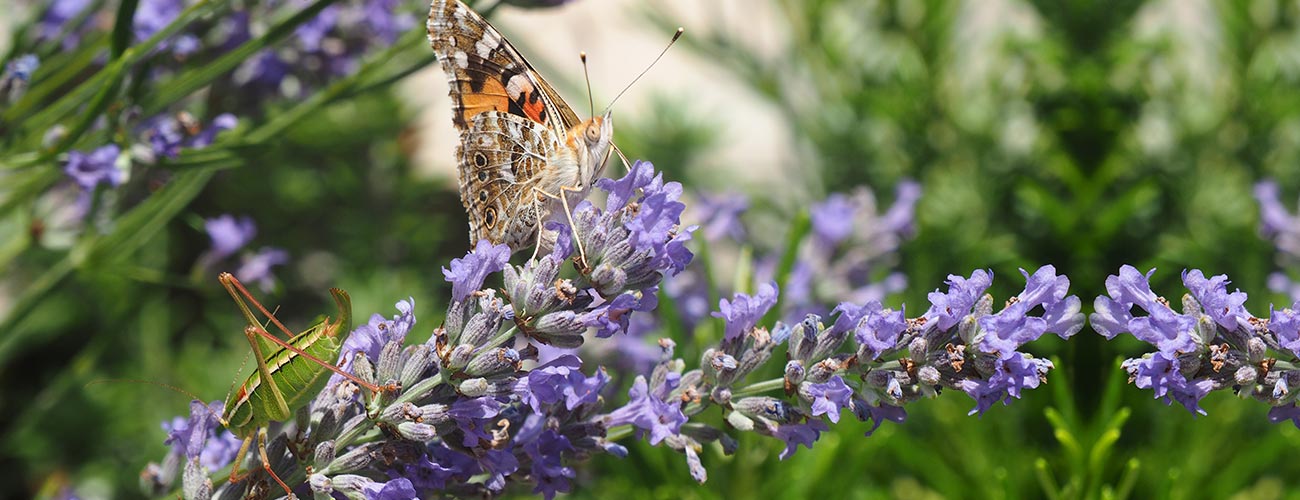
Mondo’s Hot Tips For Spring Gardening
Spring is finally here, the sun is shining and tempting us outside. This is the perfect time to catch up on some of those tasks outside that will set your garden up for success. Spring gives us a burst of energy; it’s time for cleaning, controlling weeds, pest control and fertilising.
Here are some of the tips and tricks we do in our garden and recommend for you.
Weeding is one of the most unexciting jobs there is, they seem to grow where nothing else succeeds and they look unsightly. Unfortunately, the say “one year’s seeds is 7 years weeds” appears to be true. Therefore, the first and worst job on the list is to remove all those weeds. Spray your paths for weeds too. Now you can see what is going on in your garden.

Bees are important visitors in your garden. Photo by @debbietay17
Pruning will get your garden in shape for spring. Use sharp secateurs or cutters to shape plants, remove dead and unwanted limbs. Be careful not to cut new flower buds as you will not be rewarded with flowers in your garden. Each plant has it’s own way of producing flowers, some do it on old growth and some on new, so take a little time to know your garden friends.
Fertilising Whilst we still getting some rainfall it is the perfect time to apply fertiliser. Plants slow down in winter, some even look a little yellow. As the weather starts to warm plants are beginning to grow again and with some this growth can be quite rapid. Therefore, we need to nurture them and one of the best ways is with a multi-pronged approach to fertilising.
Slow release/controlled fertiliser sprinkle this around all garden beds and raised planters. Slow release is exactly what happens, the little beads of fertiliser release slowly. It it indicates 8 – 9 months, it may only last 6 months. The stated release period is based on an average soil temperature of 21 degrees. Warmer temperatures will shorten, while cooler temperatures will lengthen the longevity. Rain helps by activating the prills enabling the release process, moving nutrients to the root zone.
Blood and Bone is a great organic fertiliser, high in nitrogen it gives your plants a quick boost. It has a mild and lasting action that is suitable for most gardening situations and can be used in conjunction with other fertilisers. Be careful this is not great for some native plants and gardens. Puppy dogs also find this yummy and can’t resist it, so water in well and don’t leave the bag lying around or you may be off to the vet for a very sore tummy. Apply just before rain and it will make your task easy.
Native Plants prefer a low phosphorous fertiliser, particularly grevilleas, banksias and others in the Protea family. Make sure you read your labels carefully.
Lawn fertiliser, we’ve been experimenting with Growsafe Turf Fertiliser and are just loving the results. Even the crappiest lawn is looking better than ever. Growsafe fertiliser contains over 60 minerals and 25 microbe species. These microbes ensure more efficient usage of nutrients and restore soil health. Remember a little often is the secret. Give it a go you will be amazed at the results.
Bindii and other weeds Weed killers that kill Bindii come in two formulations. One contains the active ingredients MCPA and Dicamba, and the other contains the active ingredients MCPA and Bromoxymil. The MCPA and Bromoxymil combo is the only formulation that can be used on buffalo Lawns. For maximum effectiveness the Bindii needs to be actively growing so it can be controlled chemically before flowering occurs in August. Do not mow or fertilise the lawn seven days before or after application. This ensures that the wees uncut leaves take up the maximum amount of herbicide. Do not apply when rain is expected as it will just get washed away.
Spray should not come into contact with foliage/roots of plants that you do not want to kill.
Seasol Another brilliant product! A seaweed extract and great health treatment for your garden. Containing plant nutrients, trace elements, alginic acid and other bioactive compounds. Seasol promotes healthy roots, encourages beneficial soil micro-organisms, stimulates flowering and fruiting and helps plants to cope with stresses like heat, drought, frost, pest and disease attack.
Think of it this way – if you are a bit run down you may wish to take a tonic (this is not food/fertiliser). Seasol is the same – a tonic for your garden – and can be applied to your whole garden and lawn with no problems. Just follow the instructions.
Liquid Feed such as PowerFeed is exceptionally good as it is made from fish emulsions. Quite smelly but wonderful! PowerFeed is a fertiliser. It is fortified with nitrogen, phosphorus and potassium and also contains dynamic soil improvers in the form of humic acids. These compounds work at very low rates and are literally like adding liquid composts to the soil. As well as being a quality fertiliser, PowerFeed is also a clay breaker. It stimulates beneficial soil microbial activity and markedly rreduces leaching in sandy soils.
The nutrients are readily available to the plant roots, but they need to be applied frequently as they leach away from the root system. This is a quick uptake fertiliser it is different to a slow release granule. Liquid fertiliser can go in your pots every fortnight or just on a monthly basis is fine. Use it in conjunction with a slow release fertiliser. Only use the recommended dilution rates on the label, as more too much will burn.
Wetting Agent Australian sandy soils can be extremely hydrophobic. You can water all you like, however it does not penetrate the surface. Wetting agents are designed to break down the wacy barrier causing the problem, allowing water to permeate down into the soil. For best results apply a quality grade soil wetter such as Grosorb or Eziwet in granular form.
This is a must for older gardens, which have not used a clay mix soil improver in the initial preparation of your garden beds.
Mulch garden beds in addition to fertilising. This will help to suppress weeds, retain moisture in the soil and controls the temperature. Keep away from the immediate trunk areas of your plants as this could cause root rot. As gardens mature there is not as much bare ground requiring mulch.
Garden Pests certainly like to come out to play in Spring too. One sign they have moved in is holes in the leaves.
Slugs and snails are looking to chow down on lush new tips. Either borrow some chooks or use snail bate to control them. Pet friendly snail bait is available, however some puppies still can’t resist them even if they taste terrible. You may need to get clever how you use it. There is always the option of collecting by hand – yuck – and then throwing in the bin.
Beautiful butterflies bring gobbling caterpillars. If there are only a few pick them off, otherwise Dipel is safe to use, even on edible crops.
Slaters are small and mighty, like Raptors hunting in packs. Too many can cause ringbarking and decimate new seedlings overnight. Treat with Snail and Slater killer to keep numbers down.
Reticulation Although we are still getting rain, Spring is a good time to check your reticulation system is operating efficiently. Run your system when you can watch it, because then you will know if any of your sprinkler heads have become clogged or damaged. By ensuring all of your sprinkler heads are operating effectively all aspects of your garden will be watered. If you have micro sprays watch out for those fat ants which like to block these.
If you have sub-surface watering systems need to be checked too, flush out the valves and listen for any breakages. I once had a fat rat who chewed my hidden sub-surface, very sneaky. I knew something was wrong as I could hear water running. A little investigation soon found the damage and a joiner repaired it. Believe it or not I could see the little teeth marks in the hose. Grrrrrr!
As you know current water restrictions limit you to 10ml of water per zone twice a week. Depending on the flow rate your retic delivers this may take 10 to 30 minutes. A little research and repair will have your retic in perfect working condition for this summer. Keep an eye out for those ants though.
Note:- Never apply fertilisers to dry ground. If you are not taking advantage of the rain, lightly water before and water in heavily after application. Otherwise you run the risk of burning the leaves, stems and roots of your lawn and plants which come into contact with the fertiliser.
Always read the labels carefully and follow the recommended instructions.
Enjoy! It sounds like a lot of hard work, however it can be done quickly and your garden will love you for it. A little often is a great rule of thumb. Once complete you can reward yourself with a lovely morning tea in the garden and watch it flourish.

Some walls are meant to be green. Photo @debbietay17

